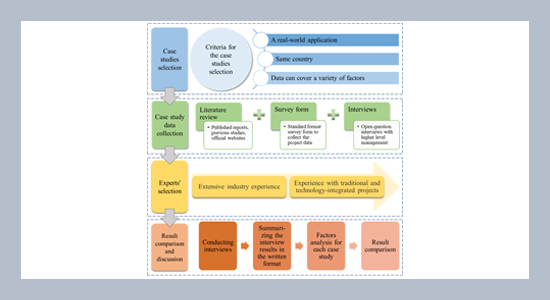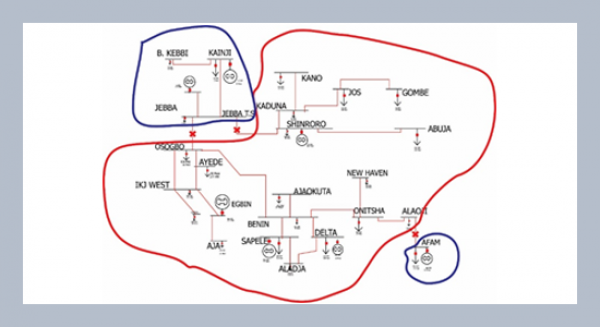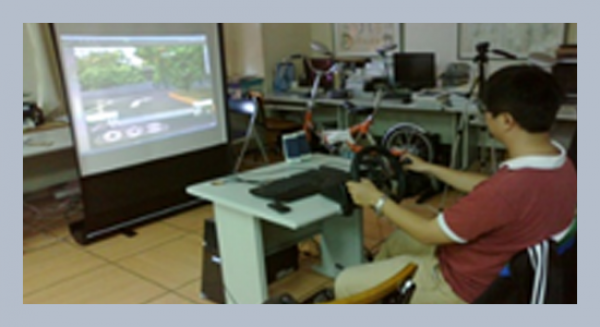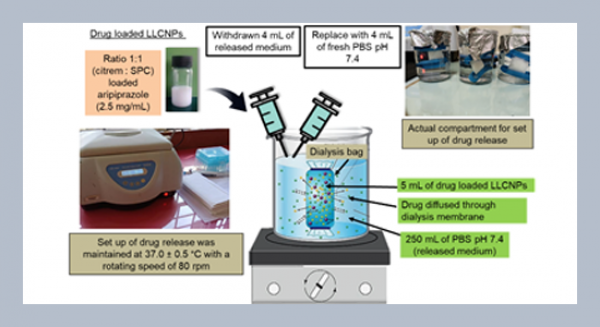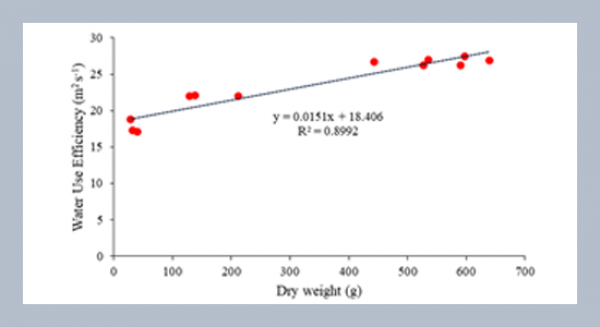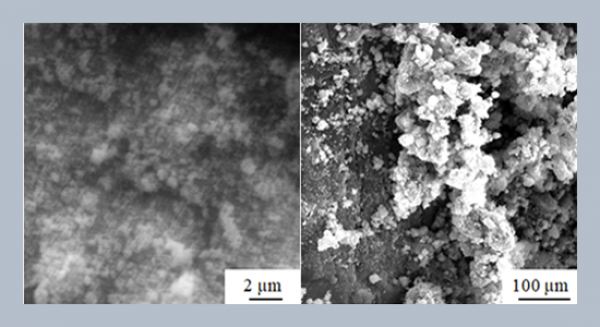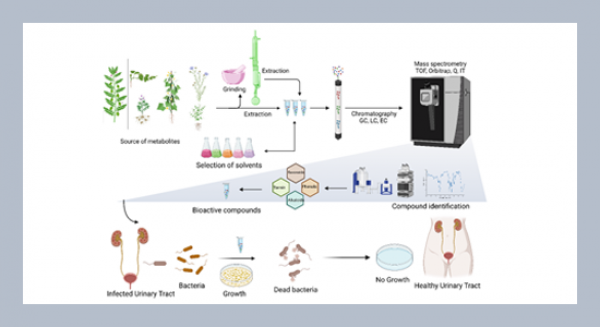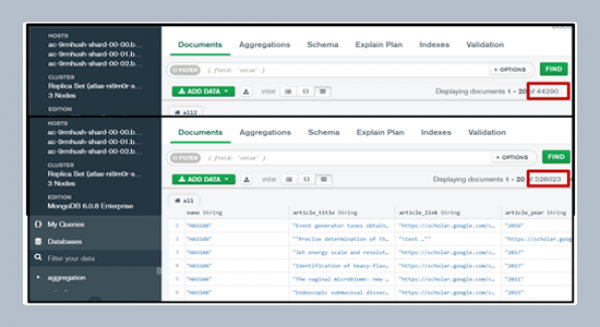Nikola Spicek 1, 4*, Svetlana Besklubova 2, Miroslaw J. Skibniewski 3, 5 1 International Doctoral Study in Project Management, Alma Mater Europaea, Slovenska Ulica 17, 2000 Maribor, Slovenia 2 Department of Industrial and Manufacturing Systems Engineering, The University of Hong Kong, Pok Fu Lam, Hong Kong 3 Department of Civil and Environmental Engineering, University of Maryland, College Park, MD 20742-3021, USA 4 Project Leader, BMW Group, Munich, Germany 5 T.-S. Yang Honorary Distinguished Professor, Chaoyang University of Technology, Taichung, Taiwan
Download Citation:
|
Download PDF
3D printing, an automated production process with layer-by-layer control, has undergone rapid development in recent years, but without the desired momentum. There has been no research to address the adaptation rate of 3D printing technology in the construction industry collectively, which is why the success factors of projects using 3D printing technology have been developed. The observed factors were Relative advantage, Complexity, Trialability, Compatibility, Absorptive capacity, External pressure, Uncertainty, Supply – side benefits and Demand – side benefits. Research questions are reconsidering how success factors are applicable through case studies of 3D printing and how the same factors behave in the context of conventional construction. These factors were verified through two different case studies (only shells of the construction - one 3D printing technology construction and one conventional construction, both in Germany). In this paper, the 7-step methodology was implemented to answer the research question. The contribution of this study is to supplement the body of knowledge by validating the above success factors as a credible tool for assessing the success of construction projects using 3D printing technology and as a possibility of application to future construction projects before deciding on the method of construction. Factors showed relative similarity in performance in both cases with certain differences and specifics for 3D printing technology. Both technologies have demonstrated specific advantages and disadvantages when compared to each other. It is important to establish a mechanism for evaluating these factors. This will serve as a decision-making tool for future investors in determining which construction method to choose. Nevertheless, it can be said that, in some views, 3D printing of buildings will never be profitable without combining it with conventional construction.ABSTRACT
Keywords:
3D printing technology, success factors, conventional construction, future application.
Share this article with your colleagues
REFERENCES
ARTICLE INFORMATION
Received:
2022-10-31
Revised:
2023-09-27
Accepted:
2023-10-07
Available Online:
2023-12-01
Spicek, N., Besklubova, S., Skibniewski, M.J. 2023. Benchmarking critical success factors in construction projects utilizing 3D printing technology. International Journal of Applied Science and Engineering, 20, 2022296. https://doi.org/10.6703/IJASE.202312_20(4).001
Cite this article:
Copyright The Author(s). This is an open access article distributed under the terms of the Creative Commons Attribution License (CC BY 4.0), which permits unrestricted use, distribution, and reproduction in any medium, provided the original author and source are cited.



